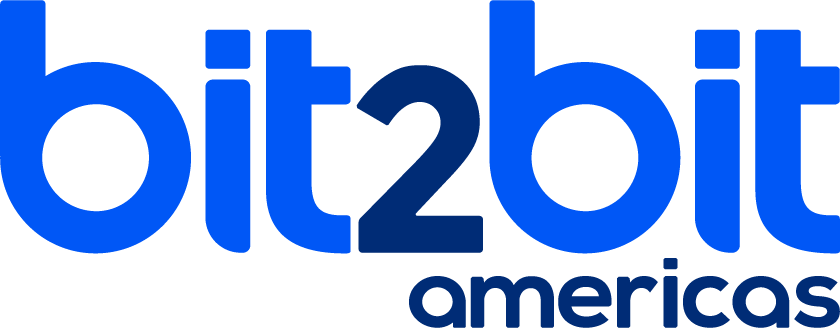Mexican bank migrates from ServiceNow
to Jira Service Management
Important Mexican bank migrates from ServiceNow to Jira Service Management for
ITSM processes
Customer
Customer
+600 K
Countries
Mexico and
United States
Sector
Banking
Location
Mexico
Employees
1,200
Business Need
This important bank operated with two distinct business units, each utilizing request management, incident management, and change management processes. Interestingly, these processes were split between ServiceNow and Jira Service Management within the respective units. In an effort to enhance efficiency and standardize operations, the bank made the strategic decision to unify all these processes onto a single platform. After a thorough analysis of both technologies, it was determined that consolidating them within Jira Service Management was the most advantageous course of action. This consolidation not only streamlined processes but also paved the way for necessary improvements in change management and the introduction of the problem management process.
Solution
Collaborating closely with the customer, we jointly determined to initiate the essential ITSM processes from the ground up. Through collaborative working sessions facilitated by the bit2bit Americas team, we devised new process models and a comprehensive implementation strategy. These sessions harmonized the client’s requirements, their existing situation, and their expertise, blending seamlessly with the functional and technical prowess of the bit2bit Americas team. The outcome was the triumphant establishment of request management, incident management, change management, and problem management processes, all centered around a structured 4-tier service catalog. To guarantee the project’s success, bit2bit Americas provided steadfast support throughout the production release phase, extending over a duration of one month.
Technology
The technologies used in this implementation were the following:
Customer satisfaction
The client rated us with 90%
satisfaction for the implemented
project.

Why bit2bit Americas?
The client made the strategic choice to collaborate closely with bit2bit Americas due to their extensive experience and esteemed reputation as leading authorities in the field of IT Service Management (ITSM). Furthermore, our partnership is fortified by our distinguished status as both an Atlassian Enterprise Solution Partner and an Atlassian ITSM Specialized partner. The latter credential serves as a testament from Atlassian, affirming our partner’s proficiency in deploying ITSM solutions using their products. Moreover, our team possesses a multitude of technical certifications in Atlassian products and ITIL, affirming the comprehensive technical and functional competence of our specialists.
